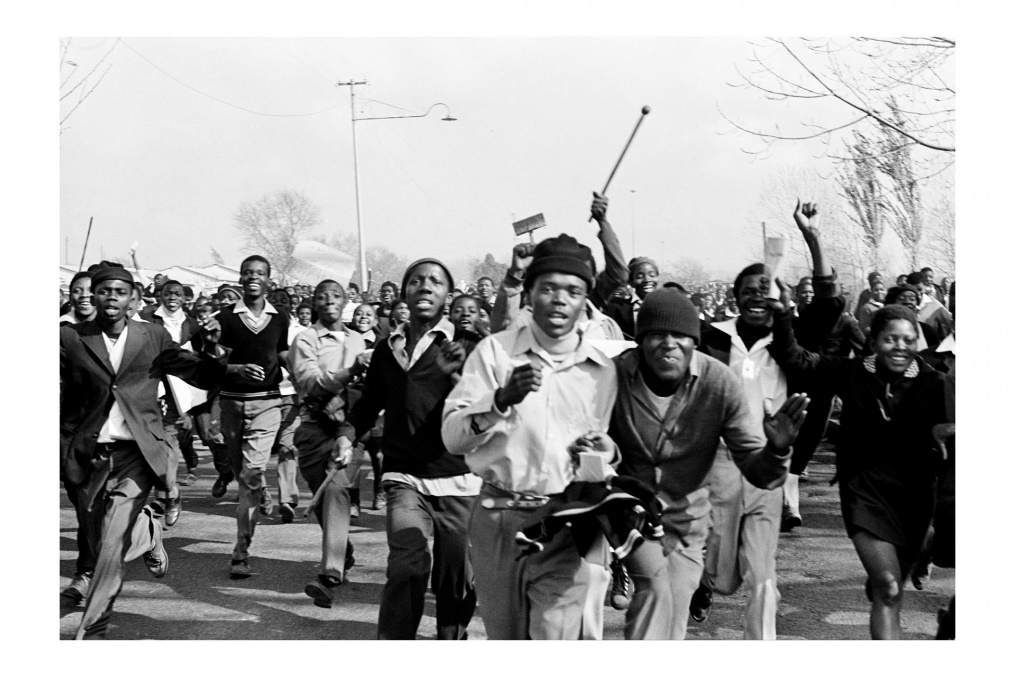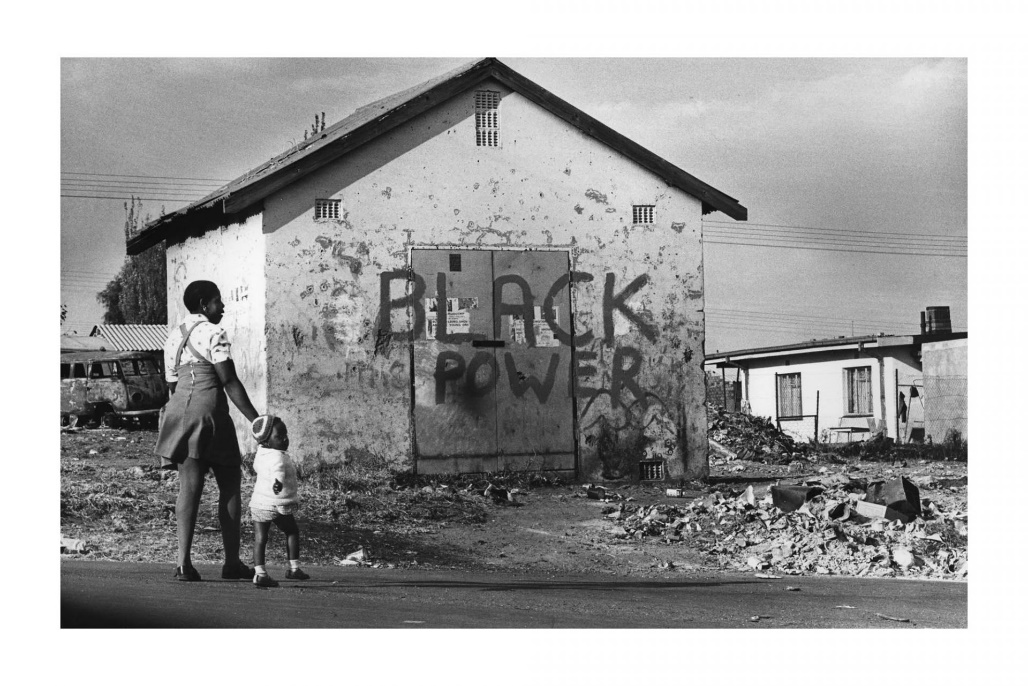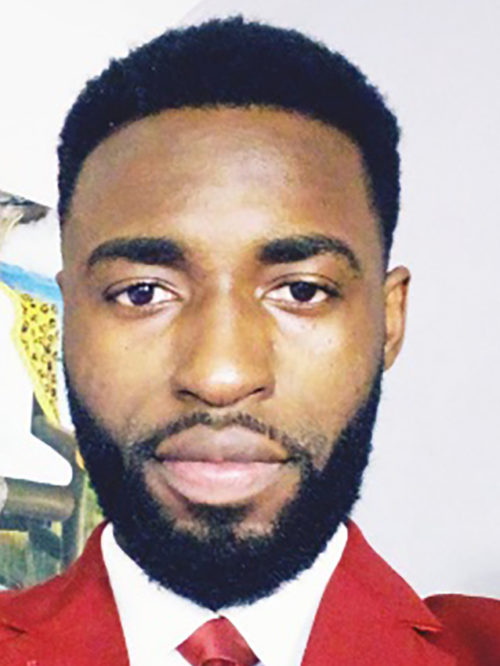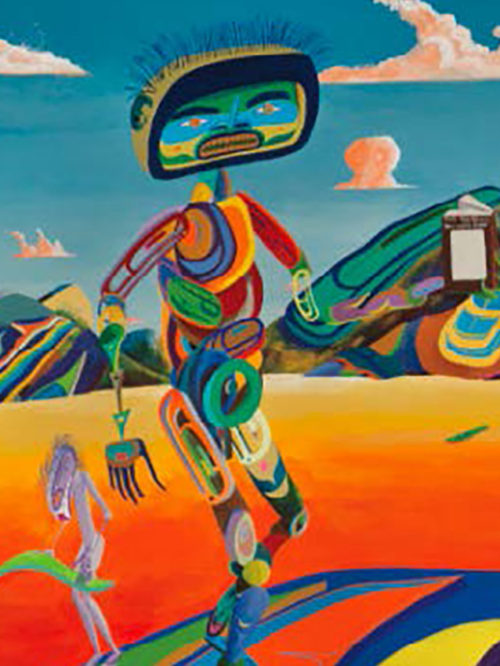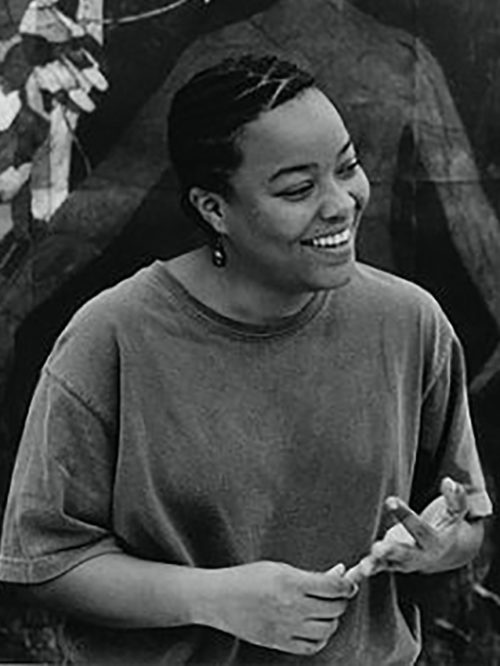Peter Magubane
Black Power, 1976
Defiant Protest, 1976
Nanny and Child, 1956
The Young Lions, 16. Juni 1976
Nelson Mandela in Rivonia, 1956
“I did not want to leave the country to find another life. I was going to stay and fight with my camera as my gun. I did not want to kill anyone, though. I wanted to kill Apartheid.”
“This is my country South Africa. My camera will give my country the freedom.”
Peter Magubane
South African students were at the forefront of anti-apartheid campaigns. They raised money for South African liberation movements, fought against apartheid investments and supported other liberation struggles, for instance, in Mozambique, Angola and Namibia. The uprising of 16 June 1976, which began in Soweto and spread nationwide, profoundly changed the socio-political landscape of South Africa. The causes of the uprising date back to the introduction of the Bantu Education Act of 1953, which stipulated that the education of the Black population should be inferior to White education and only comprise training as unskilled workers. When Afrikaans was made compulsory as a medium of instruction in schools alongside English in 1974, between 3,000 and 10,000 students marched through Soweto on 16 June 1976. The peaceful demonstration ended in a violent confrontation with the police in which 400 to 700 marchers, many of them children, were killed. Upon this, a great wave of protests swept the country. Today, 16 June is commemorated as Youth Day.
South African photographer Peter Magubane documented many decisive and violent moments of the anti-apartheid struggle, including the signing of the Freedom Charter, the Rivonia Treason Trial, the 1976 riots, the states of emergency and the massacres at Sharpeville, Boipatong, Uitenhage and King Williams Town, but also everyday situations in apartheid society. For Magubane, photography was a means to save lives and show the world what was happening in his country. Though he missed an official photography permit, his works were shown in many countries during apartheid. In 1990, Nelson Mandela appointed Magubane as his official photographer.
Peter Magubane (born 1932 in Johannesburg, South Africa) is a South African photojournalist known for his photographs that capture important moments in South African history. His black-and-white images portray historical events such as the 1956 march of 20,000 women on the Union Buildings in Pretoria and the Sharpeville Massacre in 1960. He was the first Black South African to receive the “Best Press Photo of the Year” award in 1958. Magubane has won international recognition and worked for Time magazine and the United Nations, among other organisations.
Fotos: © Peter Magubane


